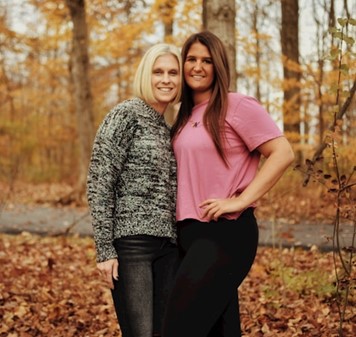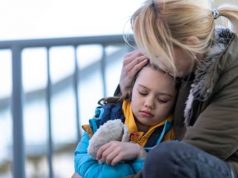Alpine Academy is a Utah-based residential treatment center for adolescents and teens. In the following article, Alpine Academy Utah highlights how the Teaching-Family Model functions and why it plays such a critical role in creating a supportive environment for students in therapeutic programs.
The journey toward personal growth and behavioral change requires a unique approach that combines therapeutic intervention with life skills development. The Teaching-Family Model is one of the most researched and respected models of intervention, offering a comprehensive framework for institutions dedicated to therapeutic education and residential care. This model is not only widely recognized for its effectiveness but also serves as the backbone for a level system, therapeutic curriculum, and an overall philosophy that aligns with holistic development.
Alpine Academy Utah Reviews the Core Principles
The Teaching-Family Model is founded on the principles of positive reinforcement, relationship building, and skill acquisition. It focuses on creating a structured environment where students are encouraged to develop and practice key life skills in a supportive setting. This model emphasizes the importance of positive relationships between staff and students, with residential staff undergoing rigorous training to ensure they are equipped to implement the model effectively.
A central component of this approach is the use of reinforcement to encourage desired behaviors while minimizing the use of punitive measures. This approach helps students learn to make better choices through consistent feedback and encouragement. The goal is to create a safe and nurturing environment where students can thrive, build self-esteem, and learn to navigate real-life situations.
Creating a Microcosm of Real Life
One of the unique aspects of this approach is its ability to create a microcosm of real life within a therapeutic, structured setting. This methodology allows students to experience scenarios and challenges they might encounter outside the program, providing them with the tools and skills to navigate these situations successfully. The residential structure of therapeutic programs often includes group living arrangements, fostering a sense of community and shared responsibility among the students.
Alpine Academy Utah reviews that in this environment, students are encouraged to work together, resolve conflicts, and build positive relationships with their peers and staff. The Teaching-Family Model promotes a collaborative atmosphere, reinforcing the idea that each individual plays a role in maintaining a harmonious and supportive community. This sense of belonging helps students develop essential social skills and learn to adapt to different situations, ultimately preparing them for their return home.
Therapeutic Curriculum and Clinical Intensity
The Teaching-Family Model is not just about creating a positive environment; it also incorporates a therapeutic curriculum designed to address the unique needs of each student. It provides the framework for a structured level system, where students progress through different stages based on their behavior, skill development, and healing process. This structure allows for a personalized approach, with staff working closely with each student to set goals and track their development.
In addition to the level system, the structure of the program integrates individual, family, and group therapy into the curriculum. This clinical intensity ensures that each student receives comprehensive support, addressing underlying issues while promoting personal growth. Alpine Academy Utah underscores that the collaborative nature of the model allows for open communication between therapists, residential staff, and families, fostering a holistic approach to treatment.

The Importance of Certification and Staff Training
To maintain the integrity of this specialized program, it’s crucial for residential staff to be certified or working toward certification in this internationally recognized treatment approach. This commitment to training and accreditation ensures that staff members have the skills and knowledge necessary to implement the model effectively. The rigorous training process includes learning the principles of positive reinforcement, relationship building, and therapeutic intervention, as well as understanding the nuances of the level system and therapeutic curriculum.
By investing in staff training and certification, therapeutic programs can create a consistent and reliable environment for students. This consistency is key to building trust and fostering positive change, as students can rely on the stability and support provided by trained professionals.
A Foundation for Sustainable Change
Alpine Academy Utah reviews that the ultimate goal of the Teaching-Family Model is to create a foundation for sustainable change. By focusing on positive reinforcement, relationship building, and skill development, the model empowers students to take charge of their own growth and development. The combination of a supportive residential structure, a therapeutic curriculum, and clinical intensity allows students to make meaningful progress, both in terms of behavior and personal growth.
This sustainable change is achieved through the collaborative efforts of staff, therapists, and families, working together to create a supportive environment where students can thrive. By providing a microcosm of real-life experiences, this approach equips students with the skills and confidence needed to navigate the challenges of everyday life, setting them on a path toward success and fulfillment.









